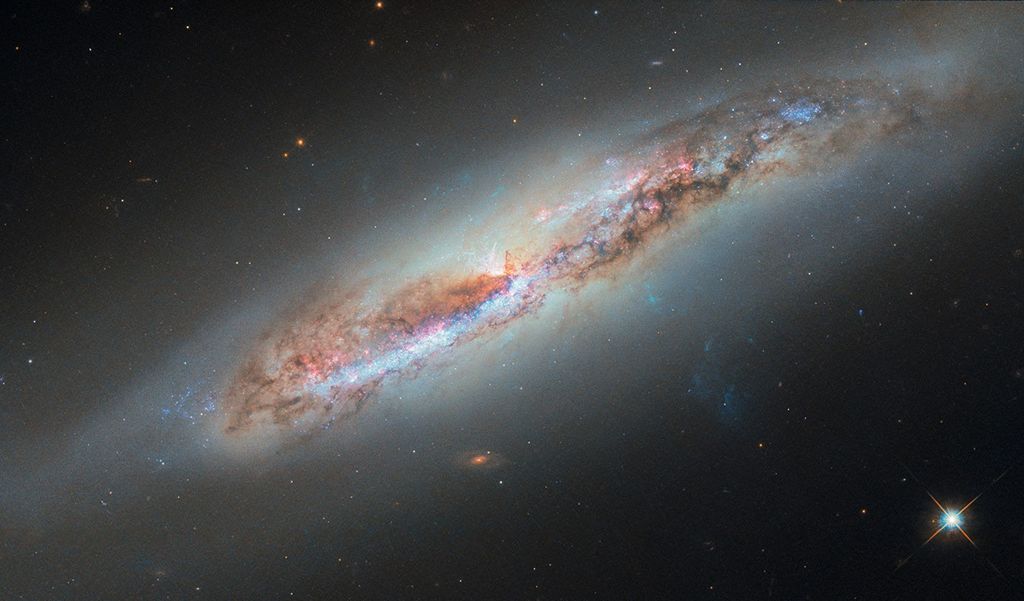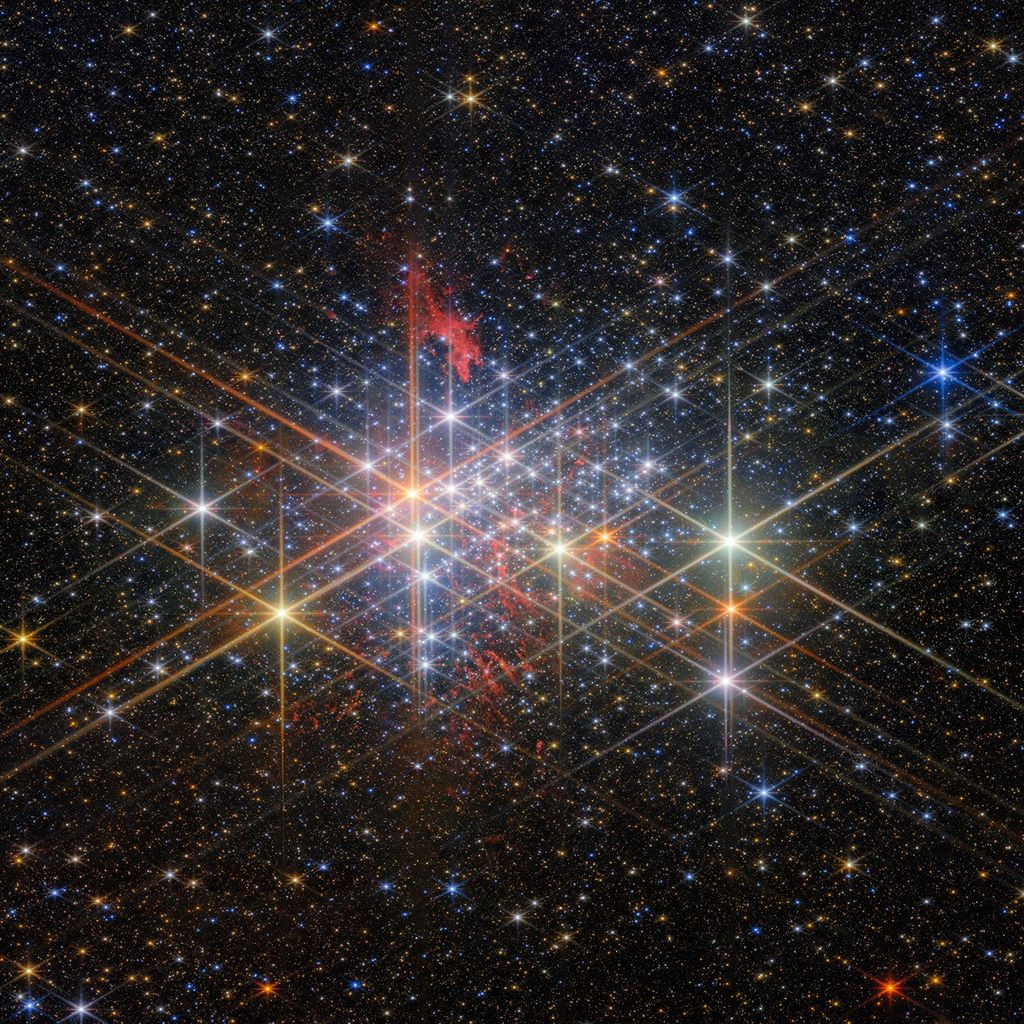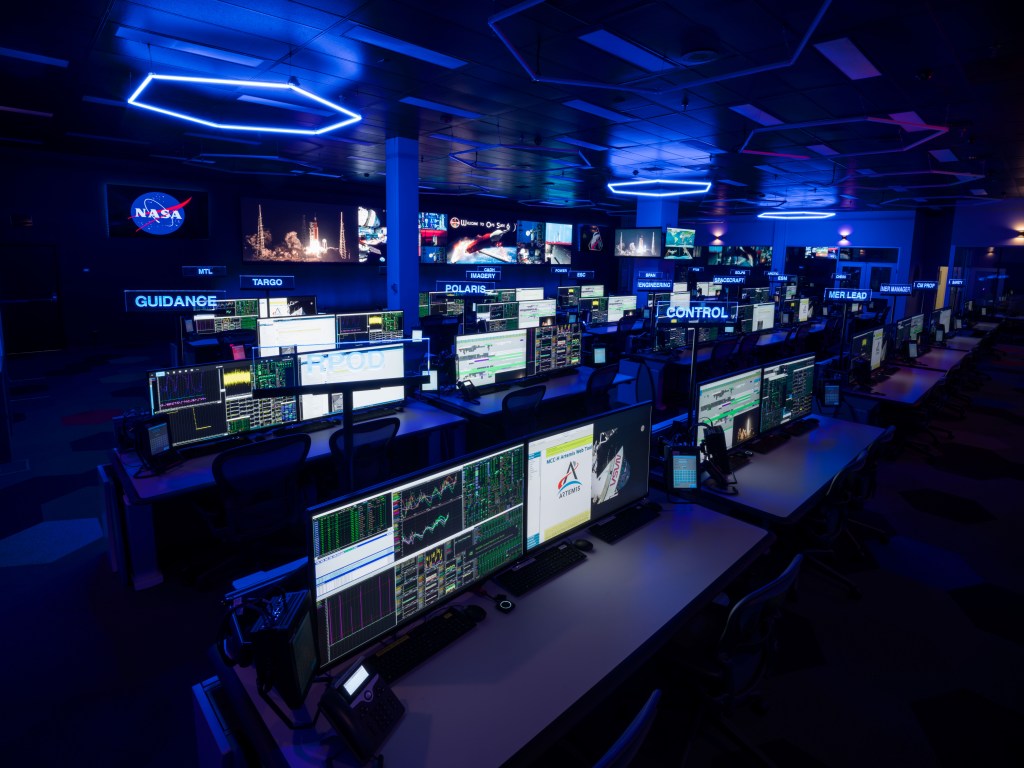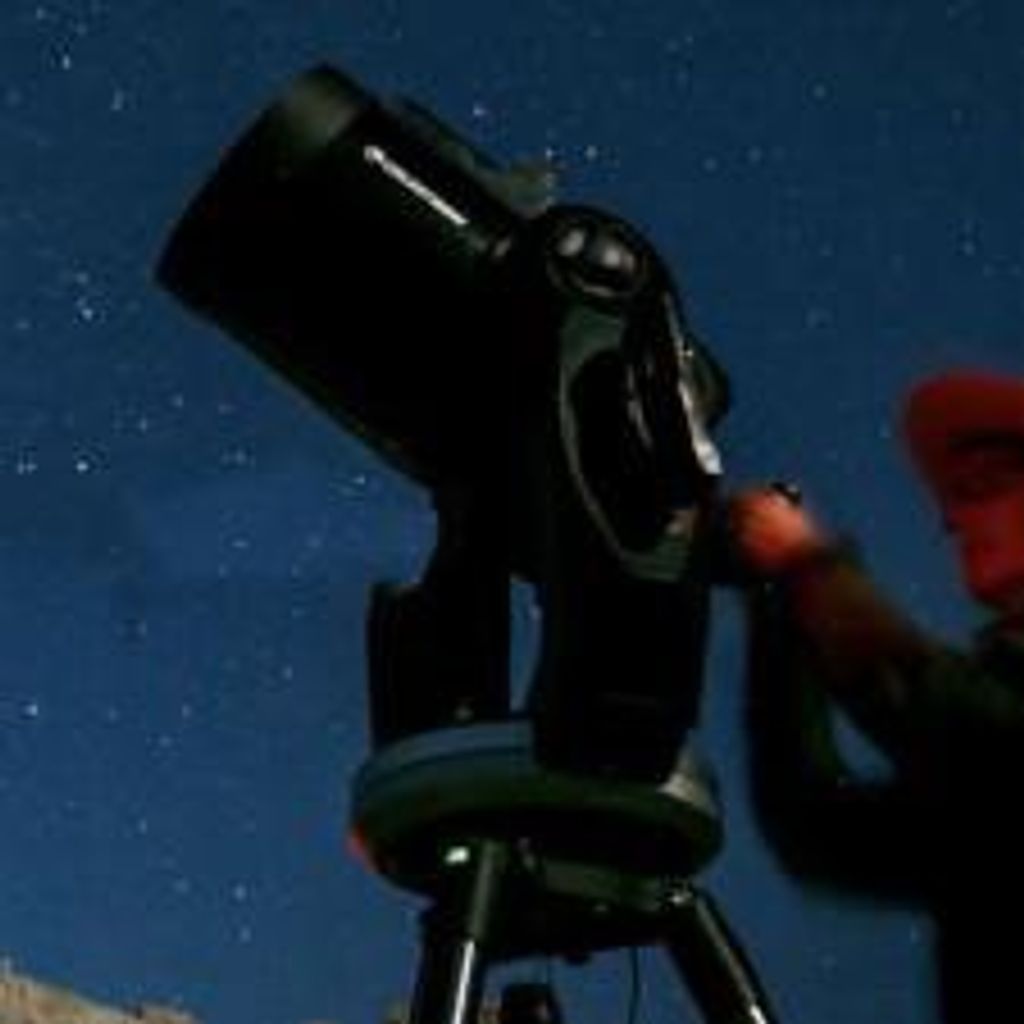1 min read
Compass and Scale Image for Hubble Ultra Deep Field 2014
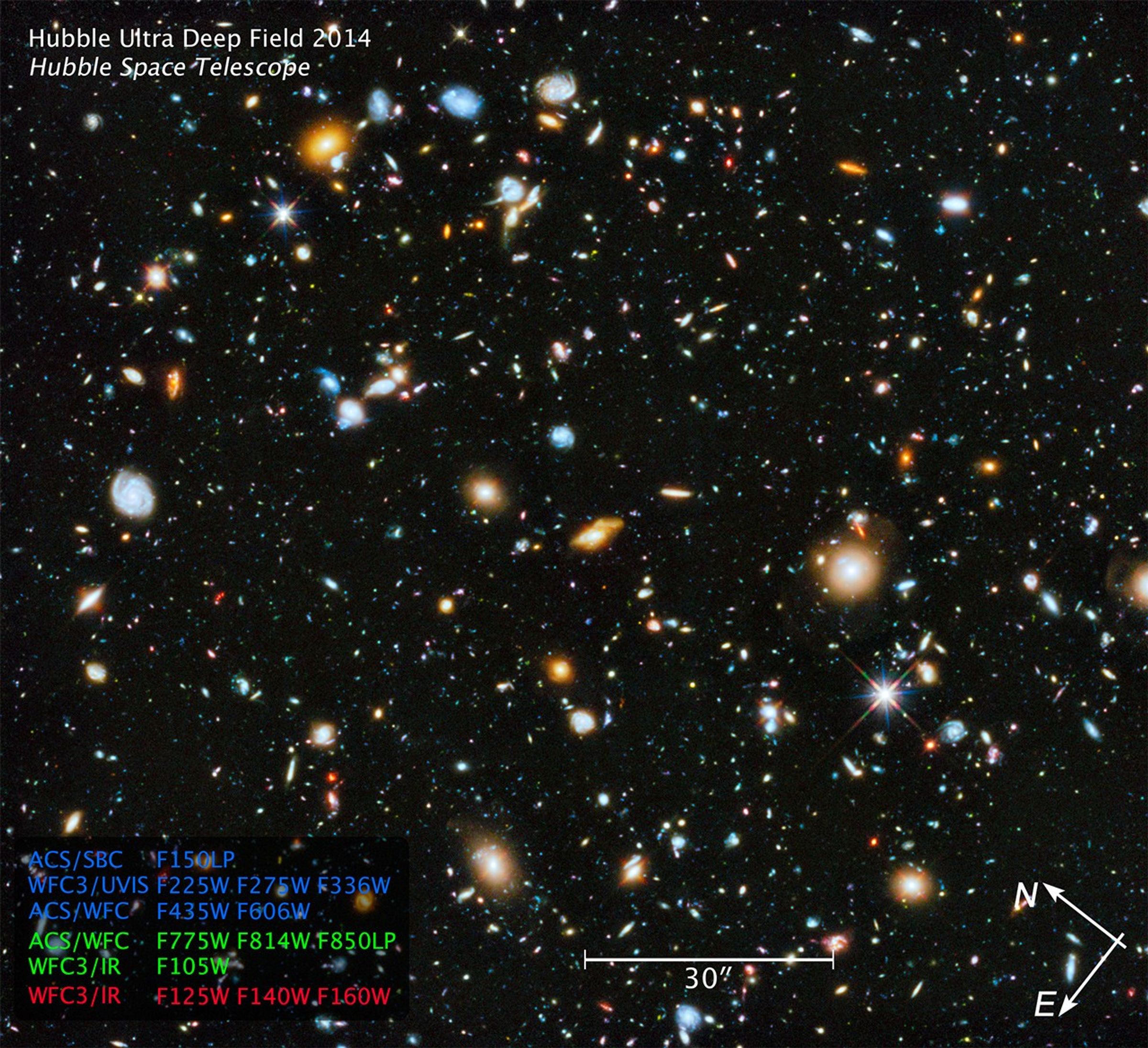
About the Object
- R.A. PositionR.A. PositionRight ascension – analogous to longitude – is one component of an object's position.03h 32m 38.99s
- Dec. PositionDec. PositionDeclination – analogous to latitude – is one component of an object's position.-27° 47' 29.04"
- ConstellationConstellationOne of 88 recognized regions of the celestial sphere in which the object appears.Fornax
About the Data
- Data DescriptionData DescriptionProposal: A description of the observations, their scientific justification, and the links to the data available in the science archive.
Science Team: The astronomers who planned the observations and analyzed the data. "PI" refers to the Principal Investigator.The image was created from Hubble data from the following proposals: 9352, 10189, 10340, 12099: A. Riess (STScI/JHU); 9425: M. Giavalisco (University of Massachusetts); 9488: K. Ratnatunga (Carnegie Mellon University); 9575: W. Sparks (STScI); 9793, 10530: S. Malhotra (Arizona State University); 9978, 10086: S. Beckwith (STScI); 10403: H. Teplitz (Caltech); 10258: C. Kretchmer (JHU); 11359: R. O'Connell (University of Virginia); 11563: G. Illingworth (University of California, Santa Cruz); 12060, 12061, 12062: S. Faber (University of California, Santa Cruz) and H. Ferguson (STScI); 12177: P. van Dokkum (Yale University); 12498: R. Ellis (Caltech); and 12534: H. Teplitz (Caltech). The science team comprises: H. Teplitz and M. Rafelski (IPAC/Caltech), P. Kurczynski (Rutgers University), N. Bond (NASA/Goddard Space Flight Center), E. Soto (Catholic University), N. Grogin and A. Koekemoer (STScI), H. Atek (École Polytechnique Fédérale de Lausanne, Switzerland), T. Brown and D. Coe (STScI), J. Colbert and Y. Dai (IPAC/Caltech), H. Ferguson (STScI), S. Finkelstein (University of Texas, Austin), J. Gardner (Goddard Space Flight Center), E. Gawiser (Rutgers University), M. Giavalisco (University of Massachusetts, Amherst), C. Gronwall (Penn State University), D. Hanish (IPAC/Caltech), K.-S. Lee (Purdue University), Z. Levay (STScI), D. De Mello (Catholic University), S. Ravindranath and R. Ryan (STScI), B. Siana (University of California, Riverside), C. Scarlata (University of Minnesota, Minneapolis), E. Voyer (CNRS, Marseille), and R. Windhorst (Arizona State University). - InstrumentInstrumentThe science instrument used to produce the data.HST>ACS/SBC, HST>WFC3/UVIS, HST>ACS/WFC, and HST>WFC3/IR
- Exposure DatesExposure DatesThe date(s) that the telescope made its observations and the total exposure time.July 2002 – September 2012, Exposure Time: ~600 hours
- FiltersFiltersThe camera filters that were used in the science observations.ACS/SBC: F150LP WFC3/UVIS: F225W (U), F275W (U), and F336W (U) ACS/WFC: F435W (B), F606W (V), F775W (I), F814W (I), and F850LP (z) WFC3/IR: F105W (Y), F125W (J), F140W (JH), and F160W (H)
- Object NameObject NameA name or catalog number that astronomers use to identify an astronomical object.Hubble Ultra Deep Field 2014 (HUDF 2014)
- Object DescriptionObject DescriptionThe type of astronomical object.Ultraviolet, Optical, and Infrared Survey
- Release DateJune 3, 2014
- Science ReleaseHubble Team Unveils Most Colorful View of Universe Captured by Space Telescope
- Credit

This image is a composite of separate exposures acquired by the ACS/SBC, ACS/WFC, WFC3/UVIS and WFC3/IR instruments. Several filters were used to sample various wavelengths. The color results from assigning different hues (colors) to each monochromatic (grayscale) image from the 13 different filters used by the four instruments grouped as follows: Blue: ACS/SBC F150LP, WFC3/UVIS F225W (U) + F275W (U) + F336W (U), ACS/WFC F435W (B) + F606W (V) + Green: ACS/WFCF775W (I) + F814W (I) + F850LP (z), WFC3/IR F105W (Y) Red: WFC3/IR F125W (J) + F140W (JH) + F160W (H)

Related Images & Videos

Hubble Ultra Deep Field 2014
Astronomers using NASA's Hubble Space Telescope have assembled a comprehensive picture of the evolving universe – among the most colorful deep space images ever captured by the 24-year-old telescope. Researchers say the image, from a new study called the Ultraviolet Coverage of...
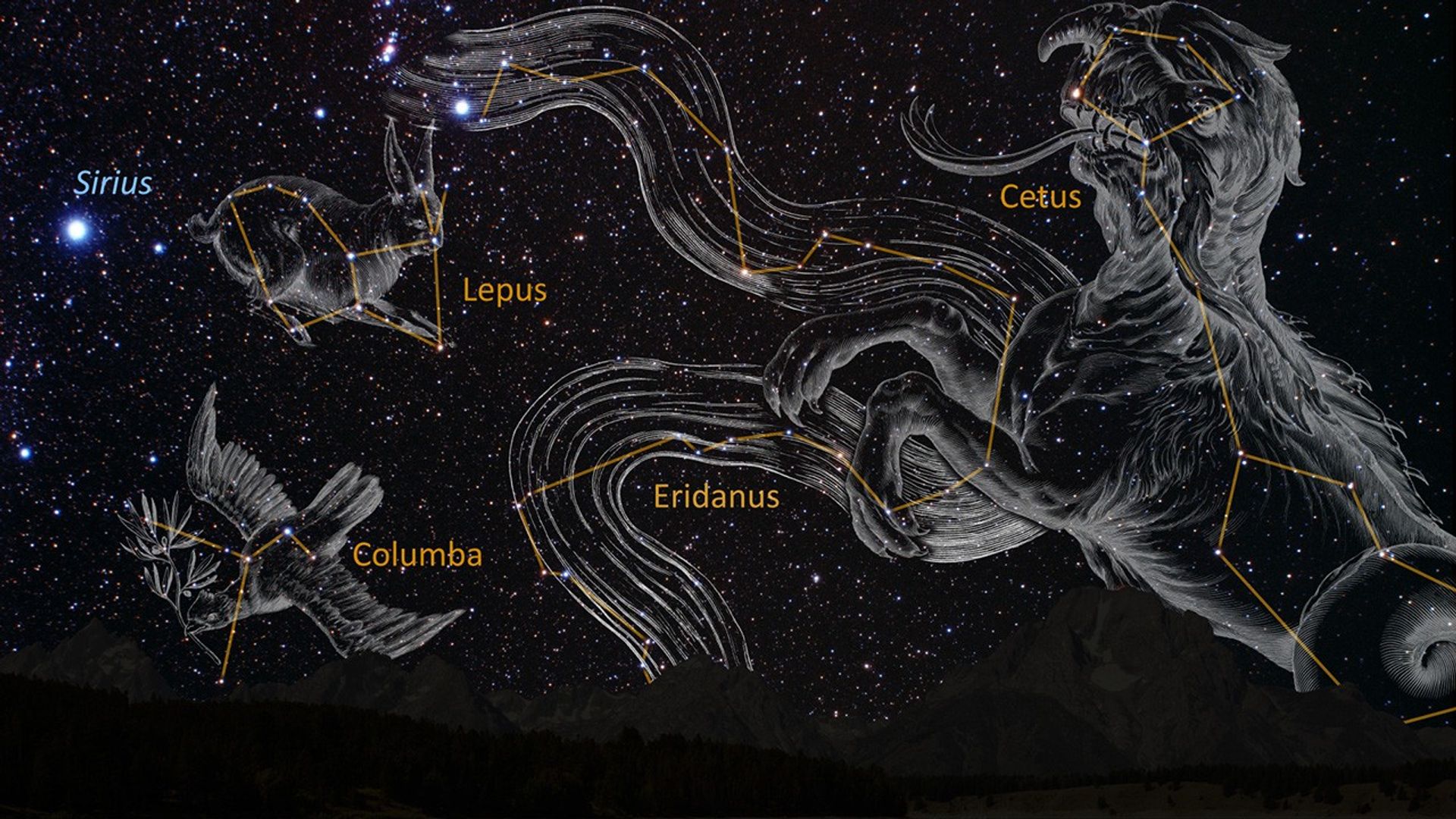
Hubble Unveils Its Most Colorful View of the Universe (Zoom and Pan)
This video is a zoom into a small patch of sky in the constellation Fornax. This is the target area for the Hubble Ultra Deep Field, which was first observed in 2003. The low density of bright foreground stars in this region of the heavens allows astronomers to clearly view...
Share
Details
Claire Andreoli
NASA’s Goddard Space Flight Center
Greenbelt, Maryland
claire.andreoli@nasa.gov

